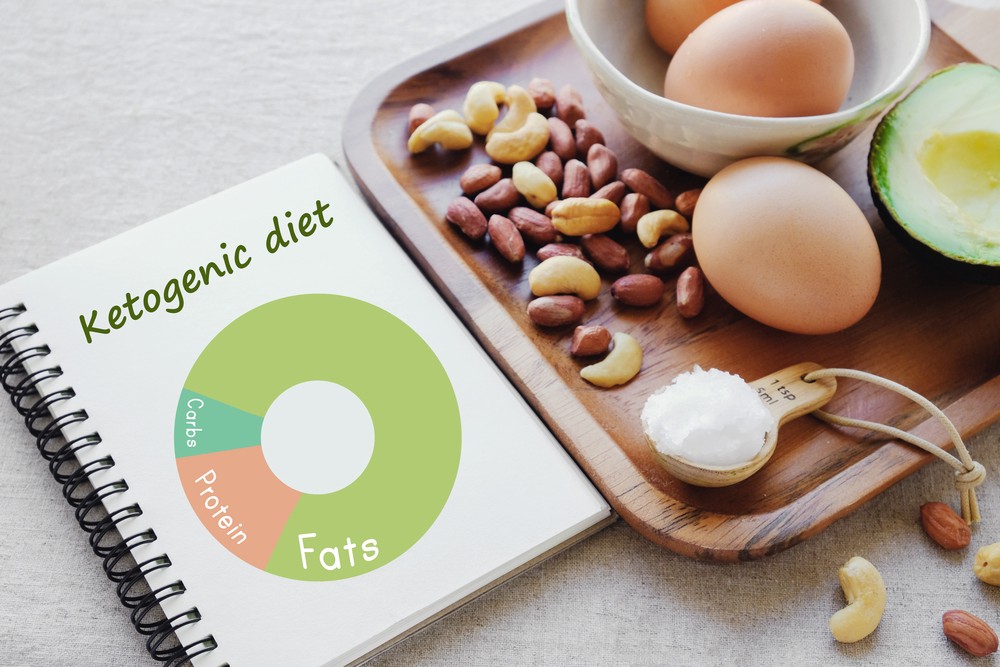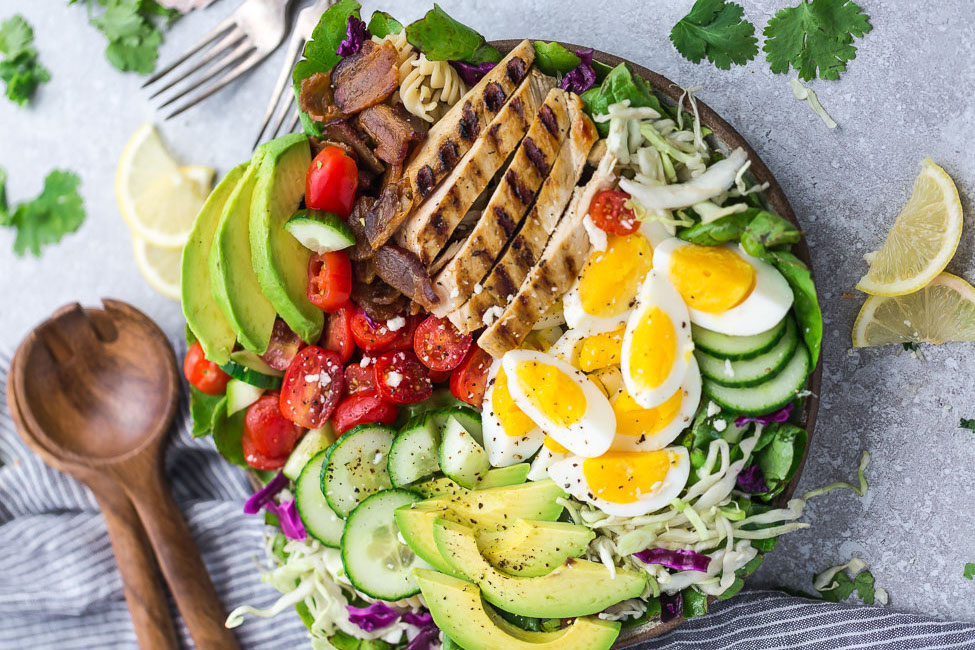A ketogenic diet is a high-fat, low-carbohydrate diet that helps you to burn fat more effectively without feeling hunger. It is similar to many other low carb diets like Atkins, Paleo, and Dukan. But a ketogenic diet aims to put you in ketosis by reducing carb intake. Although a keto diet has many benefits, there are side effects, too. If you are planning to start a ketogenic diet keep on reading. We have made a list of what to eat while on a ketogenic diet and a one-day meal plan for you.
What is Ketosis?
Ketosis is a metabolic process that happens when the body does not have enough glucose for energy. When the body completely uses its primary source of energy, glucose, fat stores are broken down to produce energy. To go into ketosis, you need to eat fewer than 50 grams of carbohydrates a day. This requires removing certain foods like grains, milk and milk products, some fruits and vegetables, legumes, and all products containing sugar. Protein intake should be moderate and fat intake should be high. Be careful, though. Too much protein can interfere with ketosis.

Foods to Eat
Here is the list of foods you can eat on a ketogenic diet:
Meat: beef, chicken, turkey, unprocessed meat, pork, ham, bacon
Fish and Seafood: salmon, shrimp, sardines, tuna
Eggs
Healthy fats: avocado, olives, olive oil, butter, coconut oil,
Nuts: Walnuts, almonds, cashews, hazelnuts, pecans, peanuts, macadamia nuts
Low carb vegetables: green leafy vegetables like spinach, lettuce, asparagus, and kale, broccoli, cauliflower, zucchini, Brussel sprouts, cabbage, green peppers…
Milk and products: sugar-free soy milk, almond milk, coconut milk, coconut yogurt
Berries: raspberries, strawberries, blackberries, blueberries (in moderation)
Foods to Avoid
Grains: rice, pasta, cereal, oatmeal,
Legumes: chickpeas, lentils, quinoa
Fruits: all fruits except berries
Milk and milk products: cow’s milk, cheese, yogurt
Root vegetables: potatoes, carrots, parnships
Honey, jam
All products containing sugar: soda, chocolate, gum, ice cream
Alcohol

One-day Keto Diet Meal Plan
BREAKFAST
Omelet with olive oil
Sautéed mushrooms and spinach
Avocado or olives
Mixed greens
LUNCH
Smoked salmon
Zucchini noodles
SNACK
100 grams of coconut yogurt (7-8 grams of carbs)
3 strawberries (7 grams of carb)
Almonds
DINNER
Grilled beef with asparagus
Advantages of a Ketogenic Diet
A ketogenic diet helps you to lose weight by increasing fat during ketosis. This diet helps to break insulin resistance and improve insulin sensitivity. In addition, a keto diet increases the feeling of satiety due to protein and fat content. Also, the keto diet also makes you feel less bloated and may decrease the symptoms of irritable bowel syndrome.
Side Effects of a Ketogenic Diet
One of the most common side effects of a ketogenic diet is a reduction in the intake of vitamins, minerals, and antioxidants. The limitation of fruits, vegetables, legumes, and grains can also decrease the amount of fiber consumed, which causes constipation. Another side effect of a keto diet is that the increased amount of protein can cause the liver and kidneys to work harder. It also increases uric acid and blood lipids. During the diet, blood pressure may fluctuate. In addition, following a strict diet can be very difficult: that’s why it is not sustainable. To avoid the side effects, you shouldn’t be on the diet for more than 10-15 days.
A ketogenic diet is not recommended for people with Type 1 diabetes, high cholesterol, cardiovascular disease, hypertension, liver and renal dysfunctions, hypoglycemia, or pregnant or lactating women.
Practical Tips for Keto Flu
Keto flu is a common side effect of a ketogenic diet. It is usually seen when people start the diet. The symptoms are very similar to the flu and are caused by the body adapting to a diet that consists of very few carbohydrates. They include headache, dry mouth, increased thirst and urination, bad breath, nausea, lack of energy, and dizziness. These symptoms generally start on days 3-7 of the diet and last for a few days. If you don’t have a chronic disease, there should be no need to worry.
To avoid the keto flu:
Drink plenty of water during the day.
Increase sodium intake by consuming more salt.
Drink mineral water every day.
Increase your intake of green leafy vegetables.
Avoid heavy exercise during the first week.














